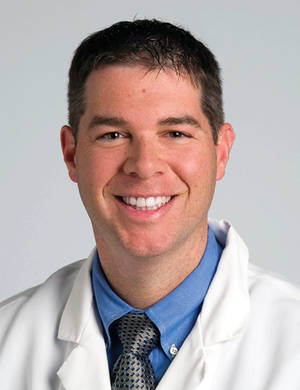The Joint Commission on Sept. 14 issued a list of what it is designating as the top-performing hospitals in America, and the facilities that are not listed might be somewhat surprising.
The Commission, which accredits some 4,000 hospitals in the United States, decided to create a new designation for hospitals last year, to recognize the ones that are "the best of the best" in terms of quality, said Dr. Mark R. Chassin, president of the Joint Commission, in a briefing with reporters.
Out of the 3,000 hospitals for which the Joint Commission has been collecting performance data on for the last decade, 405 met the top performance criteria for data reported in 2010. They represent only 14% of the universe of facilities that the Joint Commission accredits.
These hospitals had a 95% score on a composite measure for all 22 performance measures for heart attack, heart failure, pneumonia, surgical care, and children’s asthma care. The hospitals also met a second 95% target for each individual measure, which means "a hospital provided an evidence-based practice 95 times out of 100 opportunities to provide the practice," according to the Joint Commission.
The 405 that made the cut were primarily smaller and rural, leading to questions from reporters as to why some of the bigger and better-known academic and urban medical centers, all having stellar reputations, did not achieve the ranking of a top performer. Dr. Chassin replied, "I would suggest asking [those hospitals] why they think they’re not on the list."
He also said, "Reputation and performance on important measures of quality don’t often go together."
Missing from the list are such well-known facilities as Johns Hopkins, Duke, the Cleveland Clinic, the Mayo Clinic, M.D. Anderson, and even the Geisinger Health System, which has been hailed as a quality pioneer.
Dr. Chassin said that the Commission’s use of process measures, instead of outcomes measures, was the best way to determine quality of care. "The criteria we’ve come up with are designed to make sure that the processes we measure and the measures we use to measure them focus on processes that have an extremely high likelihood of creating good outcomes," he said.
Overall, hospitals are doing much better at meeting these measures, said Dr. Chassin. But he added, "Hospitals can and should do better."
Among the improvements tallied by the Joint Commission in its annual report on quality:
• Hospitals provided an evidence-based heart attack treatment 984 times for every 1,000 opportunities to do so, for a composite score of 98.4%. That’s up from 86.9% in 2002.
• The pneumonia care score rose from 72.3% in 2002 to 95.2%.
• The surgical care score improved from 82.1% in 2005 (when it was added) to 96.4%.
• The children’s asthma care composite rose from 79.8% in 2008 to 92.3% in 2010.
• A total of 91.7% of hospitals achieved 90% or better on the overall composite score, up from just 26.2% in 2002.
Hospitals are still lagging in two areas. Only 60% are hitting the 90% target for providing fibrinolytic therapy for acute myocardial infarction within a half hour of arrival. And 77% are reaching the 90% compliance goal for administering antibiotics to ICU pneumonia patients who are immunocompetent.
The Commission is going to start ratcheting down further on poorer-performing hospitals during the accreditation process, said Dr. Chassin.
Starting in 2012, hospitals seeking accreditation will be required to hit 85% or better on a new composite measurement for performance on accountability measures. Dr. Chassin estimated that currently, 121 hospitals would not hit that target.



